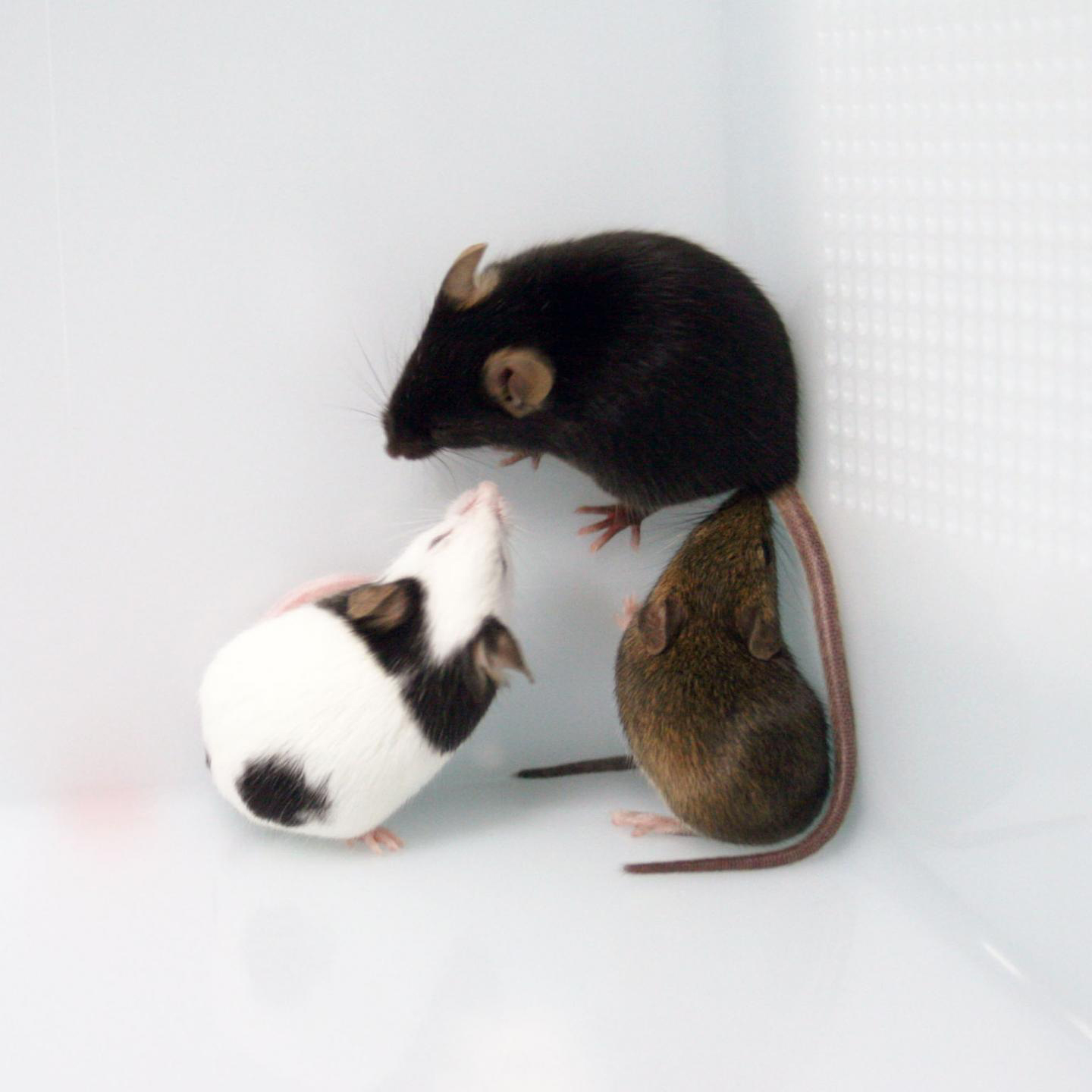The making of ‘Fancy Mouse’: Study reveals true cause of colorful hair on popular East Asian pet mice
Press release
Nested retrotransposition in the East Asian mouse genome causes the classical nonagouti mutation
Akira Tanave, Yuji Imai, Tsuyoshi Koide
Communications Biology 2 August 2019 10.1038/s42003-019-0539-7
EurekAlert! link about this artcle
For the past few hundred years, the colorful hair and unique patterns of the so-called “Fancy Mouse” have made them the stars of pet shows in Japan and beyond. Now, scientists have finally revealed the true cause of the genetic mutation responsible for the iconic black pigmentation in the popular East Asian pet.
Their findings were published on August 2, 2019 in Communications Biology. read more>

Fig: The mutated colors in Japanese fancy mice, JF1, gave them a Giant Panda look. The C57BL/6 (B6) strain has black coat color, nonagouti. Japanese wild strain MSM has agouti coat color.
*Credit: Tsuyushi Koide, the National Institute of Genetics (NIG) in Japan
▶ You can read the deeper story behind the paper below.
Reexamining the a of Mouse Genetics A to Z
▶Associate Prof. Koide posted “Comment” about this article.
A role for the rare endogenous retrovirus β4 in development of
Japanese fancy mice(PDF)















